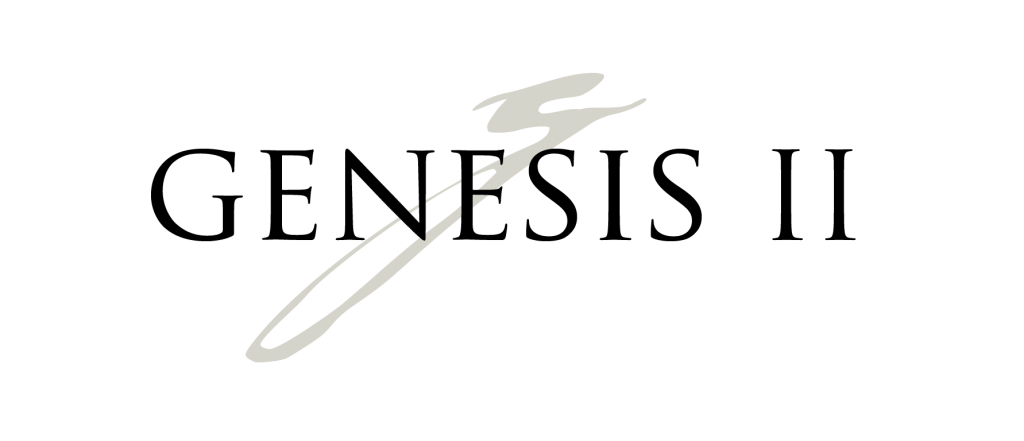
Trichotillomania, also referred to as “hair-pulling disorder,” is a mental health condition classified under Obsessive-Compulsive and Related (OCD) Disorders. It involves recurring, irresistible urges to pull scalp, eyebrow, eyelid, and other body hair.
Excessive hair pulling can lead to complete or partial removal of the eyebrows and eyelashes. Hair pulling from the scalp can lead to varying degrees of hair loss and baldness.
Symptoms of Trichotillomania
The primary sign that someone is dealing with trich is the constant pulling of their own hair — whether it’s from the scalp, eyebrows, eyelids, or other areas.
Other symptoms include:
Repeatedly attempting to decrease, limit, or stop hair pulling
Feeling distressed in social settings, at work, and at home
Increased feelings of tension before the hair pulling or while trying to resist pulling hair
Feelings of relief after hair pulling
Noticeable hair loss
Biting, chewing, or eating pulled hair
When to Seek Help
If you or a loved one can’t stop pulling their hair and are experiencing negative repercussions at school, work, and/or home because of it, it’s critical that you seek help. Trichotillomania is a mental health condition that won’t go away without proper treatment.
Trichotillomania Treatment
Treatment of trichotillomania can be complex and varies from patient to patient. The most common treatment options include:
Habit Reversal: Patients learn to recognize the situations that cause them to pull their hair, then they learn new coping behaviors to use instead. Examples of alternative coping behaviors include journaling, fist-clenching, or snapping a hair tie on their wrist.
Cognitive Therapy: Helps patients explore their distorted beliefs related to hair pulling.
Self-awareness Training: Patients learn to become more aware of hair pulling patterns by tracking when they pull and what emotions they feel that cause the desire.
Relaxation Training: Provides skills to help people calm themselves down and find healthier ways to relax.
Family Therapy: This treatment is often used with children and teens. It helps them better understand themselves, and it enhances their families’ understanding of the disorder. The therapy is designed to assist families with learning to manage the symptoms together.
Group therapy: Trichotillomania can feel extremely isolating. Group therapy helps people connect with others going through similar struggles while providing support for one another.
People dealing with trichotillomania must first know they are not alone. In fact, about 3.5% of the U.S. population suffers from the condition. It’s also important to know that help is available and you can recover.
If hair replacement is something you want to consider, the highly experienced consultants at Genesis II will help you find the best solution for your particular situation and lifestyle. To schedule a free consultation click here.
Photo Credit: Prettysleepy Via Pixabay

